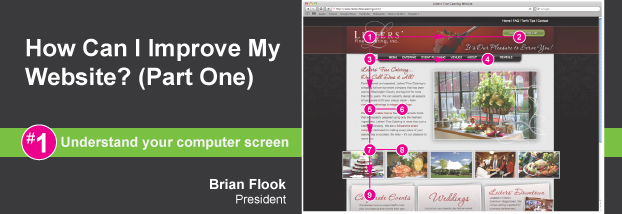
Nearly everything we do these days begins online. No homebuilding marketing effort can have significant success without the essential foundation of a website that is intuitive, functional, well designed, and informative. That being said, how does a small business first afford and then maximize the incredible power of their website?
I call the Internet the great equalizer because it is the one marketing tool where a small business can look as powerful, successful, and creative as its biggest competitor. A company’s website is very often the place where consumers eliminate choices, so your website’s job is to make sure you don’t get cut from that initial search. Your website needs to move a visitor from potential to legitimate prospect; if that’s not happening, you need to find ways to improve your website. This is achieved using art, science, and a little internet magic.
By following these critical website solutions, the odds you will earn a client will improve drastically.
#1 – Understand your computer screen
A computer screen is a computer screen, right? Wrong! Eye studies have taught us that we read a computer screen differently than we do a printed document. You read a magazine ad in the shape of a “Z” with your eyes entering the ad at the upper left and exiting in the lower right. Your customers, however, read your website more like the shape of an “F”, meaning certain real estate of your computer screen or iPad are worth more than others.
You should focus your most important information in the areas of the “F”-shape. The upper left of this “F” is the most important real estate on any page. Put your products and other important destinations right there. The lower right quadrant is the least important, put ads, blogs or other links there.

Note the invisible “F” pattern; eye studies indicate these are the most important locations on a website page.
Curious to learn more details on how you can improve your website? Feel free to call me at 301.416.7861. I offer a free, no obligation 30 minute website design consultation.
Next week we’ll discuss the importance of getting your audience where they need to go once arriving on your website.
